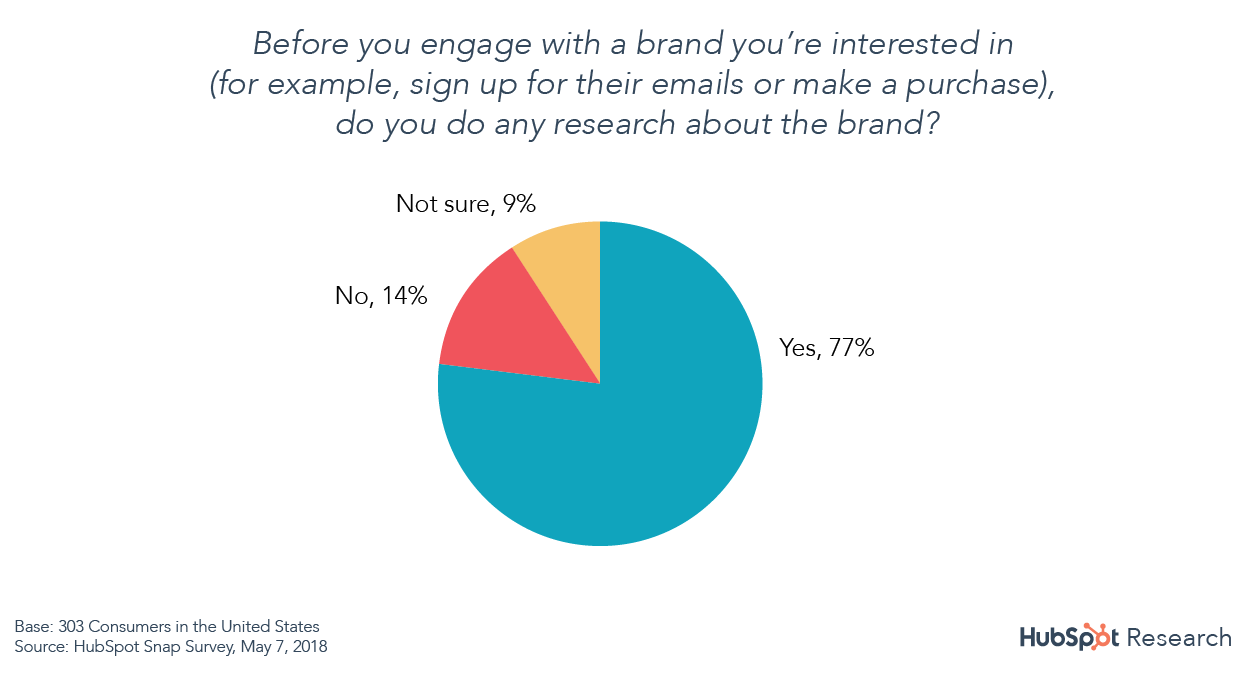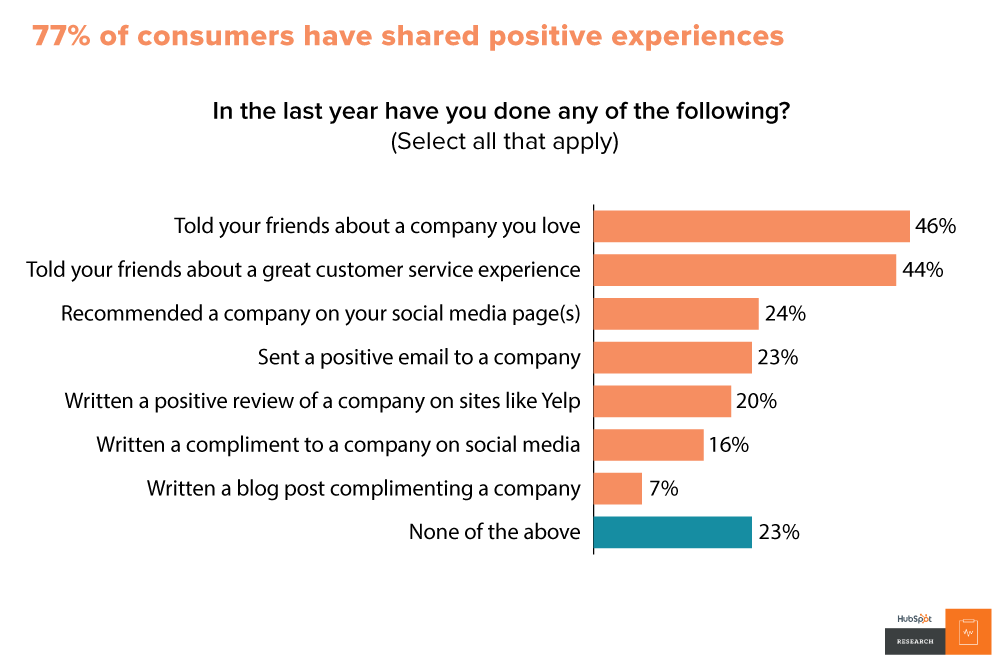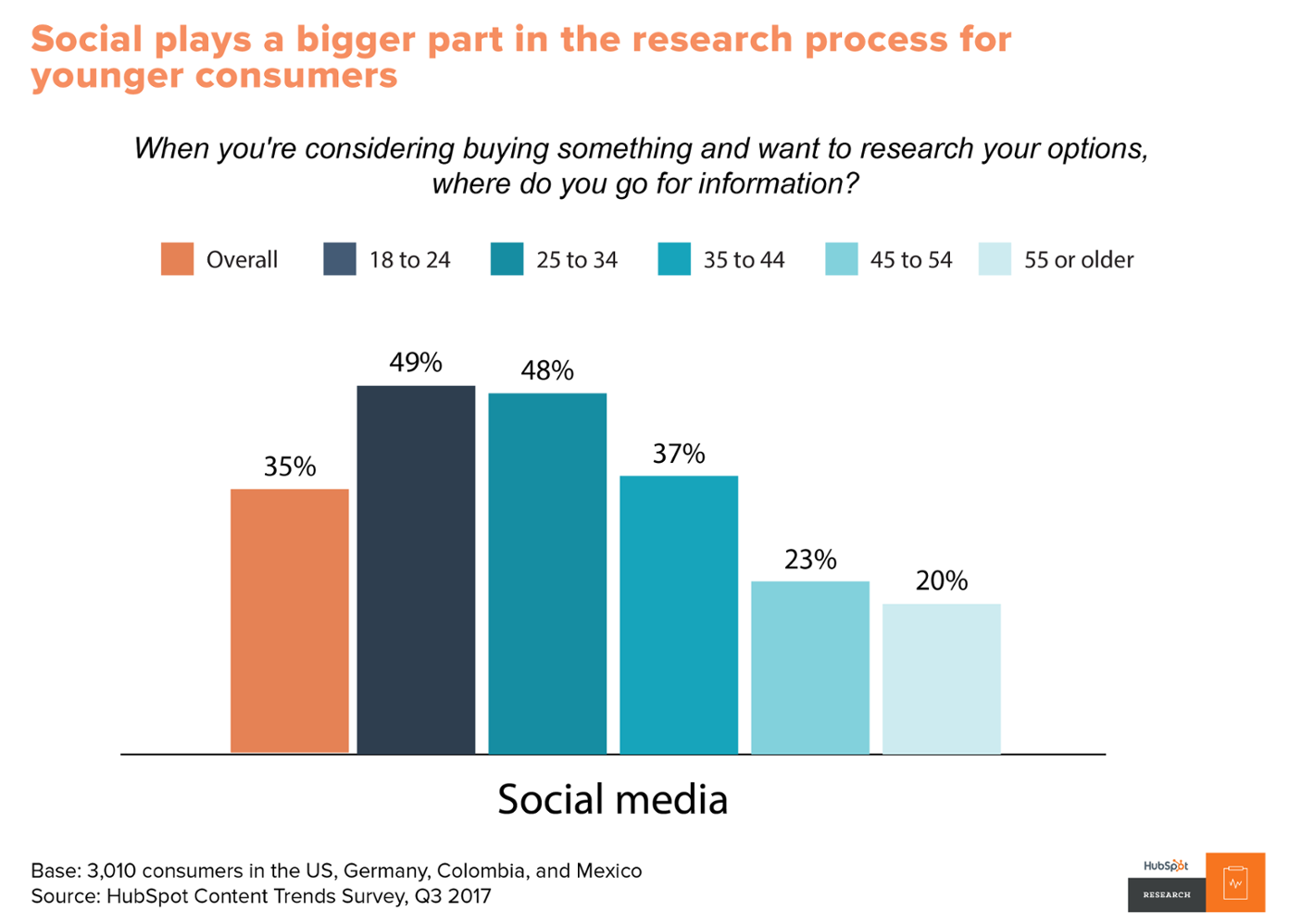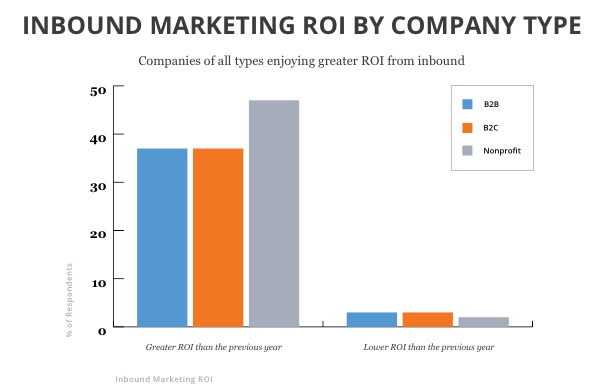What Is Inbound Marketing?
In this article, we’ll dive deep into what is inbound marketing and how it can improve your marketing performance for lead generation the meaning of the term “inbound marketing” and then elaborate on why it should be an important part of your online marketing plans.
8% of B2B customers prefer to research independently online — meaning the battleground for reaching B2B clients is clearly online
Previously, marketing approaches revolved around interrupting customers in the course of their lives—these interruptions included cold-calling, junk mail campaigns, print advertisements, TV commercials, and billboards. The hope was that, through these intrusive techniques, prospective customers would be sufficiently interested in exploring further the messaging of products and services aimed at them.
The approaches to marketing haven’t changed, but the addition of inbound marketing has enhanced them. Inbound marketing, in contrast to traditional marketing, permits your customers and prospective customers to come to you instead of you having to travel to your shoppers and prospective customers, as is the case in traditional marketing. Inbound marketing is largely viewed as an effective medium for brand promotion. Though it’s often been viewed as a “good-to-have,” it’s now turning out to be a key essential component.
What Exactly Is Inbound Marketing?
If you’re new to digital marketing, you may be a seeking clarification on the differences between inbound marketing in and traditional online marketing. Most business are used to spray and pray methods of buying email list and even buying PPC ads to get more leads into the top of your funnel. While traditional outbound methods are effective for more transactional businesses such as eCommerce website or SaaS platforms, it does nothing for B2B businesses with longer sales cycles that requires nurturing leads through a 6 – 12 month buyer’s journey.
The paradigm of inbound marketing is a means of layering persona-driven content to each stage of your buyers journey needed to attract more of your ideal customer to your website, who are more likely to convert into marketing qualified leads. Listed below are a couple of ways to achieve the desired results from your inbound marketing efforts.
How exactly does inbound marketing work?
With inbound marketing, you’re marketing in a way that attracts customers to you, so inbound marketing can take time to see results in your revenue growth. Inbound marketing is a marathon, not a sprint. With the saturated landscape online, you can promote your company in a more effective way where you’re not bothering customers but rather are leaving virtual bread crumbs, if you will, that lead customers back to where you were, minding your own business, as it were, and not intruding on consumers. Thus, they’re coming to you because they found your content online that spoke to their pain points, instead of you going after them with intrusive tactics like buying email lists and pay per click ads.
Once you’ve got their attention by leveraging inbound methodologies and best practices, though, it still takes time to build the relationship and for you to become credible in the consumer’s eyes. It’s important that you understand that; even though it may feel like a slow process to you, it’s an extremely effective process and well worth exploring.
A key method of inbound marketing is content marketing, through which you post educational content that provides a value to your prospective customer. At some point, assuming that that decision maker finds your content valuable, he or she will want to deepen the connection that he or she has with your persona-driven content, which is where a compelling call to action closes the loop. Soon enough, this can yield for you (and them) a solid, meaningful, mutually beneficial relationship that may exist for a long time.
So now you’re probably wondering how to get going with a strategy for inbound marketing.
Effective Inbound Marketing Strategy
Develop a content marketing strategy
As stated above, a key inbound marketing strategy involves the effective utilization of content in the form of content marketing. Quite often, the terms “content marketing“ and “inbound marketing” are used interchangeably, but the truth is that content marketing is a subsection of inbound marketing—albeit a very important one!
Content is king! That cannot be emphasized enough. Before you or any writer working for you starts writing any content, you’ll need to figure out your specific content strategy. It’s that strategy that can keep your content flowing and can hopefully help you avoid any barricades or roadblocks. Your inbound marketing strategy should include elaborate details regarding your target market audience, as well as its needs and desires. Those details can guide you to customize your writing perfectly.
More specifically, your main priority should be to solve other people’s problems. With this in mind, you can turn out content that resonates with your potential customer.
With the help of effective content marketing, brands publish authentic and helpful content on their websites and blogs. They optimize the content to achieve better rankings in the search engine results pages. Instead of advertising up front and pushing the content, the content pulls the customer toward itself via blogs, social media platforms, and websites. That’s how people find it and connect with the brand. The core idea is that effective content management is used to generate leads, which are then converted into customers.
Develop your communities. Assuming that you’ve created a strong repository of top-quality content, the next thing that you’ll need to ensure is that your online communities are in order. The reason for that is so that you have places to share your content. While it’s advisable that you select uniqueness and quality over quantity when it comes to your online social relationships, you still need a significant number of connections in order to succeed in business. Make sure to present your content in ways that appeal to your target audience, including relevant, compelling text; graphics; and videos.
Social media marketing strategy
Another excellent method used by inbound advertising companies is social media marketing. However, in this case, social media marketing isn’t the paid advertising that you might be used to seeing. Instead, it’s used to put a human face on a business entity. Digital marketers will often use social media in order to connect with their target audience by posting something witty or a heart-warming real story—elements that are useful for going viral. Brands get coverage and gain followers when they effectively use a sound social media strategy.
Leverage forms
Once you’ve gotten the attention of prospects, you’ll want to deepen the connection. Using a form can help you with that. You may need to motivate your online connections to complete a form with contact details and other important customer information that you want. You can accomplish this by providing a link to a landing page that contains a form. To incentivize your prospects to fill out the form, your landing page can offer extra, free content that your prospects might find valuable; you give them the title or even a quick synopsis of that content and then allow them to see all of that content after they’ve given you their information.
Grow your relationships
Relationships require tender, loving care. That’s true of personal and business relationships. If you’d like to form a solid, enduring connection, you need to put forth some effort to make it happen. It’s not good to assume that the minute you connect with a prospect you’ll be instant best buddies! It takes time and energy to develop true relationships.
Of course, the more effort you put into developing a business relationship, the stronger that relationship can become. Always bear in mind that your initial objective is to unravel the prospect’s problem(s). If you can satisfy his or her wants, yours can also be met.
5 Reasons Inbound Marketing Will Win Over Traditional Advertising
- Cost. A traditional advertising campaign will cost thousands of dollars. A blog article with unique and accurate information only costs your time if you’re writing it. Or if you’re hiring a writer, there will be a cost, but the cost of inbound marketing will still be significantly lower than the cost of traditional advertising, which requires that a whole chain of creatives, producers, suppliers, and distributors are paid.
- It’s where your audience is. With DVRs, satellite radio, and the modern attention span, commercials are losing ground when it comes to our attention. Instead, people are on the Internet. And the Internet is perfect for inbound marketing.
- Trust. Most inbound marketing involves social media like Instagram, Twitter, Facebook, and YouTube. Rather than trusting an advertising agency to inform your customers what they need, people are inclined to trust their social circles at a considerably higher rate.
- Control. When you’re the client of a traditional advertising firm or PR house, you lose control of your product or service when it comes to the campaign. Inbound marketing is all about you having control.
- The future is now. TV viewership is down. Newspapers are closing up shop. The old ways of doing business and getting attention are going the way of the newspaper. They’re dying. The time is now when it comes to search engine optimization and inbound marketing in order to turn the old sales funnel on its head and educate people rather than make them suffer through sales pitches.
Conclusion
Inbound marketing is an especially effective approach in business. Inbound marketing offers you the chance to create solid, meaningful, lasting business relationships, sparked by the fact that consumers are looking for you instead of you bothering them when they’re busy. These relationships can profit everybody concerned. Additionally, inbound marketing costs much less than traditional marketing, further adding to your bottom line. What’s not to like about inbound marketing?!








